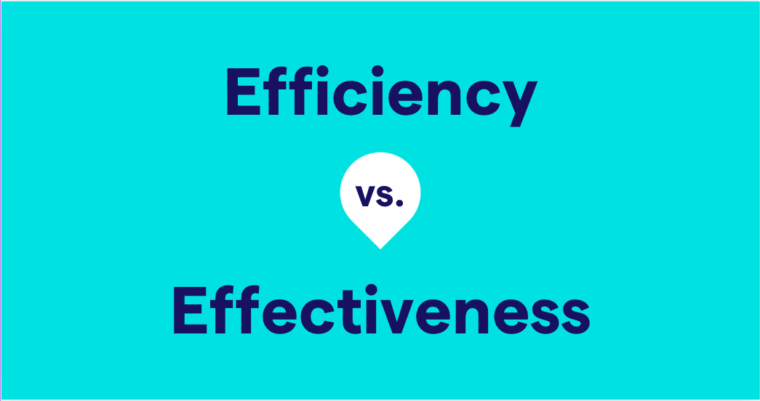Generally, “caramel” is defined as a chewy, light-brown candy made from butter, sugar, and milk or cream. For example: I love eating caramels because they are soft and chewy. In contrast, “Carmel,” is used as a proper noun, and it is a popular beach town in California, known as Carmel-by-the-Sea.
Carmel and caramel are not different spellings of the same word. Caramel is the correct spelling if you’re talking about food or colors. Carmel is a misspelling when used in those contexts, but it is a word that can be used as a name for people or places.
For examples of the ways you can use caramel and Carmel correctly, read below.
Caramel and how to use it
Caramel is a noun, and it can have one of the several meanings:
1 The sweet substance made by heating sugar or syrup until it turns brown, usually used as flavoring or coloring for food:
—National Post
2 A soft toffee made by melting butter and sugar:
—Roald Dahl, Charlie and the Chocolate Factory
3 The color of caramel, light brown:
—The Daily Mail
If you want to say that you’re cooking sugar until it melts and turns into caramel, the verb you could use for the process is caramelize:
—The Seattle Times
You can also find caramelize spelled with an s and not a z, and that’s also correct—it’s just one of the ways British and American English are different:
—Irish Independent
Caramel has been in use in the English language for a while, but it’s not one of the words you could trace back to Old English. It entered the language during the eighteenth century from Spanish, via French. Today, it’s occasionally misspelled as carmel, likely because of the way it’s commonly pronounced.
Carmel and how to use it
But even if carmel is a misspelling for the sweet stuff, it doesn’t mean it should never be used. On the contrary—Carmel is a popular name for cities and geographic formations:
—IndyStar
—John Steinbeck, Cannery Row
Carmel can also be a person’s name:
—Suffolk Free Press






